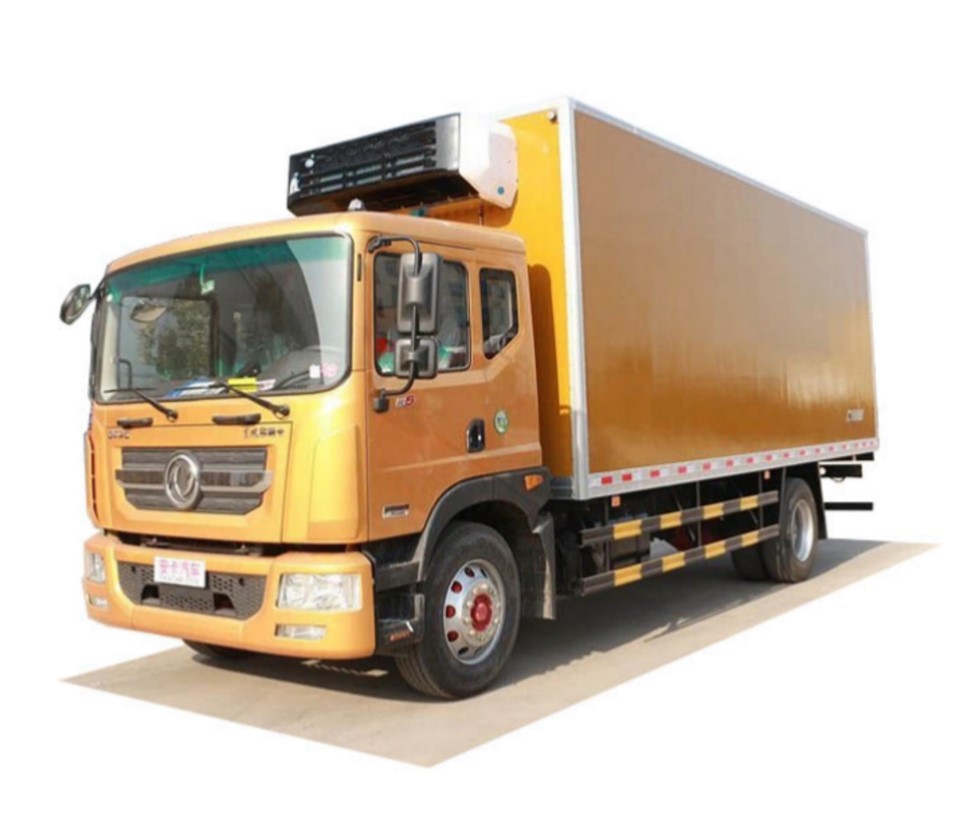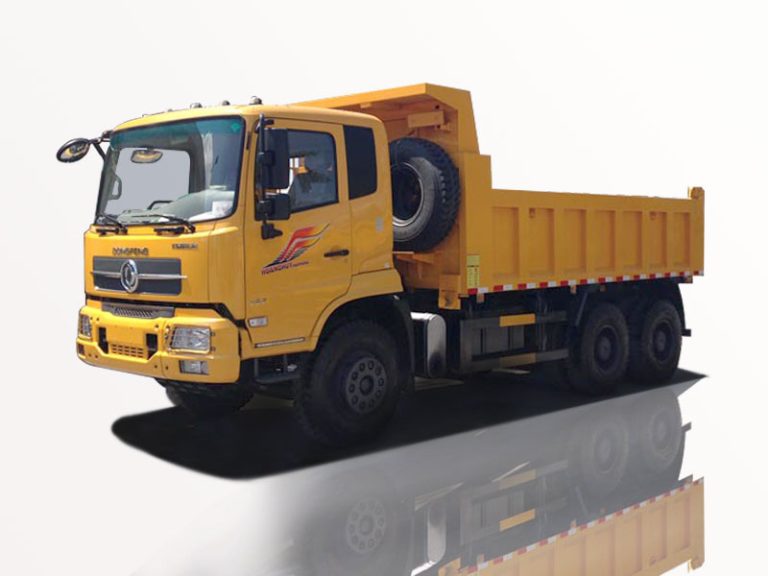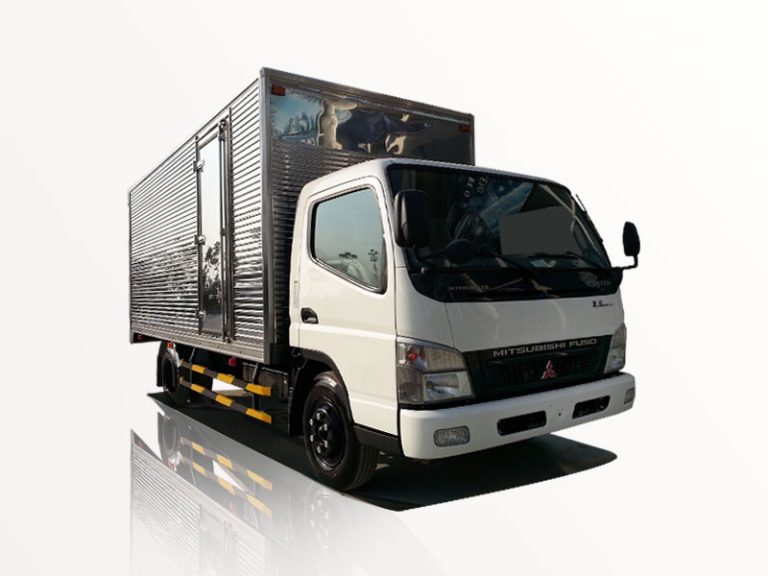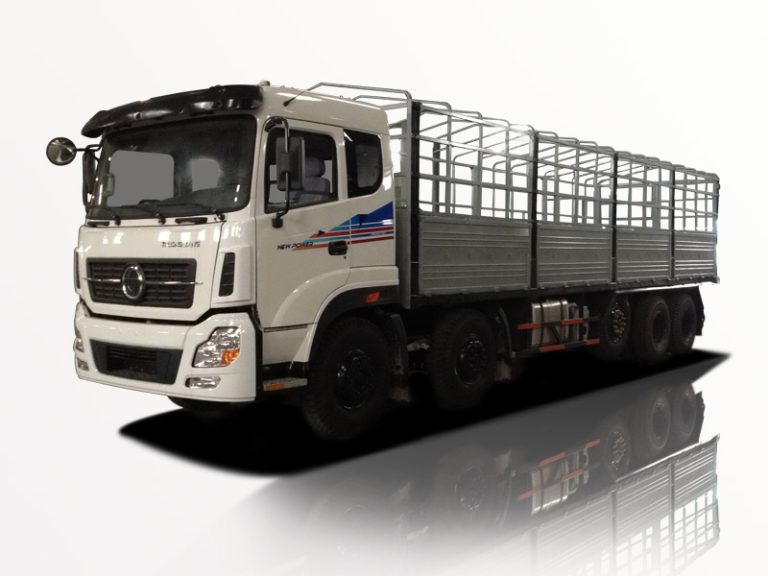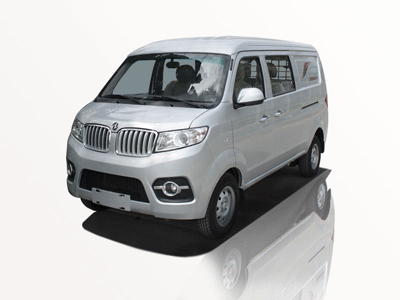Purchasing an RV can be one of the most exciting investments for travel enthusiasts and families looking for adventure. However, timing plays a crucial role in getting the best deal possible. In this comprehensive article, we will explore the best times of the year to buy an RV, factors that influence prices, seasonal trends, and expert tips to ensure you make a well-informed decision. By the end, you’ll be equipped with all the knowledge to nail your RV purchase at the right time.
Understanding RV Buying Seasons
The RV market is influenced by various seasonal factors, making some months more favorable for buyers than others. Generally, the RV buying season can be categorized into three main periods: high season, shoulder season, and low season.
High Season: Spring and Summer
Spring and summer are the most popular times for people to consider purchasing an RV. Here’s why:
- Increased Demand: As the weather warms up, more people are eager to hit the road and explore. This demand can drive prices up.
- New Models Released: Many manufacturers release new models in the spring, leading to more inventory on the market.
- Show Season: RV shows occur during this period, allowing consumers to see a wide range of models.
Shoulder Season: Late Summer to Early Fall
Late summer and early fall offer a more balanced approach for buyers:
- Dealership Promotions: Many dealers want to clear out inventory before winter approaches, leading to discounts and promotions.
- Less Competition: Fewer buyers are shopping compared to peak season, giving you an edge.
- Best of Both Worlds: New models are still available, but prices may drop as the purchasing frenzy starts to slow.
Low Season: Winter Months
Winter is generally seen as the off-season for RV sales:
- Lower Prices: Dealers may offer significant discounts to get rid of older models.
- Limited Inventory: Fewer buyers mean you might get better deals, but the selection could be more limited.
- Negotiation Leverage: Dealers may be more willing to negotiate during the slower months.
Factors Influencing RV Prices
Understanding the factors that influence RV prices can help you plan your purchase more strategically.
Economic Conditions
The overall economy can affect RV sales, with periods of strong economic growth often translating to higher prices. Conversely, during economic downturns, prices tend to drop due to lower demand.
Fuel Prices
Fuel prices have a direct impact on RV sales. High fuel prices can discourage potential RV buyers, leading to a reduction in demand and, consequently, a drop in prices during those times.
Interest Rates
Changes in interest rates can affect your financing options. Lower interest rates mean lower monthly payments, making it a great time to buy an RV.
Regional Variations in RV Pricing
RV prices can vary significantly depending on your location. Here’s how:
| Region | Average Price Range |
|---|---|
| West Coast | $30,000 – $60,000 |
| Midwest | $25,000 – $55,000 |
| Southern States | $20,000 – $50,000 |
| Northeast | $28,000 – $58,000 |
Understanding where you stand in the pricing landscape can aid in negotiating and getting a fair deal.
Tips for Buying an RV at the Right Time
Timing is essential, but there are additional strategies to secure the best deal on your RV.
Mistakes to Avoid
- Shopping without research: Always know the market average prices before hitting the dealerships.
- Waiting too long: If you’re looking for specific features, don’t delay your purchase, as they can go quickly.
- Ignoring pre-owned options: Used RVs can offer better value if you know how to evaluate their condition.
Building a Relationship with Dealers
Establishing a positive connection with local dealers can offer advantages, such as early access to sales or exclusive deals.
Joining RV Communities
Online forums and local RV clubs can provide insights into the best times to buy and what models are popular in your area.
Seasonal Sales Events
Keep an eye out for major holidays and events as dealerships often hold sales during these times:
- Memorial Day
- Fourth of July
- Labor Day
- Black Friday
When to Buy New vs. Used RVs
Deciding whether to buy new or used will greatly affect timing and pricing.
Benefits of Buying New RVs
- Latest features and technology.
- Manufacturer warranties for peace of mind.
- Customization options available.
Benefits of Buying Used RVs
- Significantly lower price ranges.
- Less depreciation compared to new models.
- A wider variety of choices, especially for discontinued models.
Financing Your RV Purchase
Understanding financing options can also help you choose the best time to buy.
Types of RV Loans
- Secured Loans: Backed by the RV itself; typically offer lower interest rates.
- Unsecured Loans: Not backed by collateral; usually come with higher rates.
Timing Your Financing
Consider waiting for lower interest rates or promotional financing offers to get the best deal on your overall purchase cost.
How to Prepare for Your RV Purchase
Once you’ve decided on the timing, it’s essential to prepare adequately.
Research and Test Drive
Research different models, and don’t forget to test drive several options before making a decision. Pay attention to features, handling, and comfort levels.
Inspect Before Purchase
Whether you’re buying new or used, always take the time to inspect the RV thoroughly. For used RVs, consider hiring a professional inspector.
FAQ Section
What is the best time of year to buy an RV?
The best time is typically during the fall when dealers are looking to clear out inventory, but winter also offers opportunities for lower prices.
Is it better to buy an RV in the off-season?
The off-season can offer lower prices and more negotiation power, but inventory may be limited.
When do dealers typically have sales?
Dealers often have sales during holidays such as Memorial Day, Fourth of July, and Labor Day.
Can I get financing for a used RV?
Yes, there are various financing options available specifically for used RVs, often at competitive rates.
What should I look for when buying a used RV?
Look for signs of wear and tear, check for leaks, inspect the interior and appliances, and ensure a comprehensive vehicle history report.
